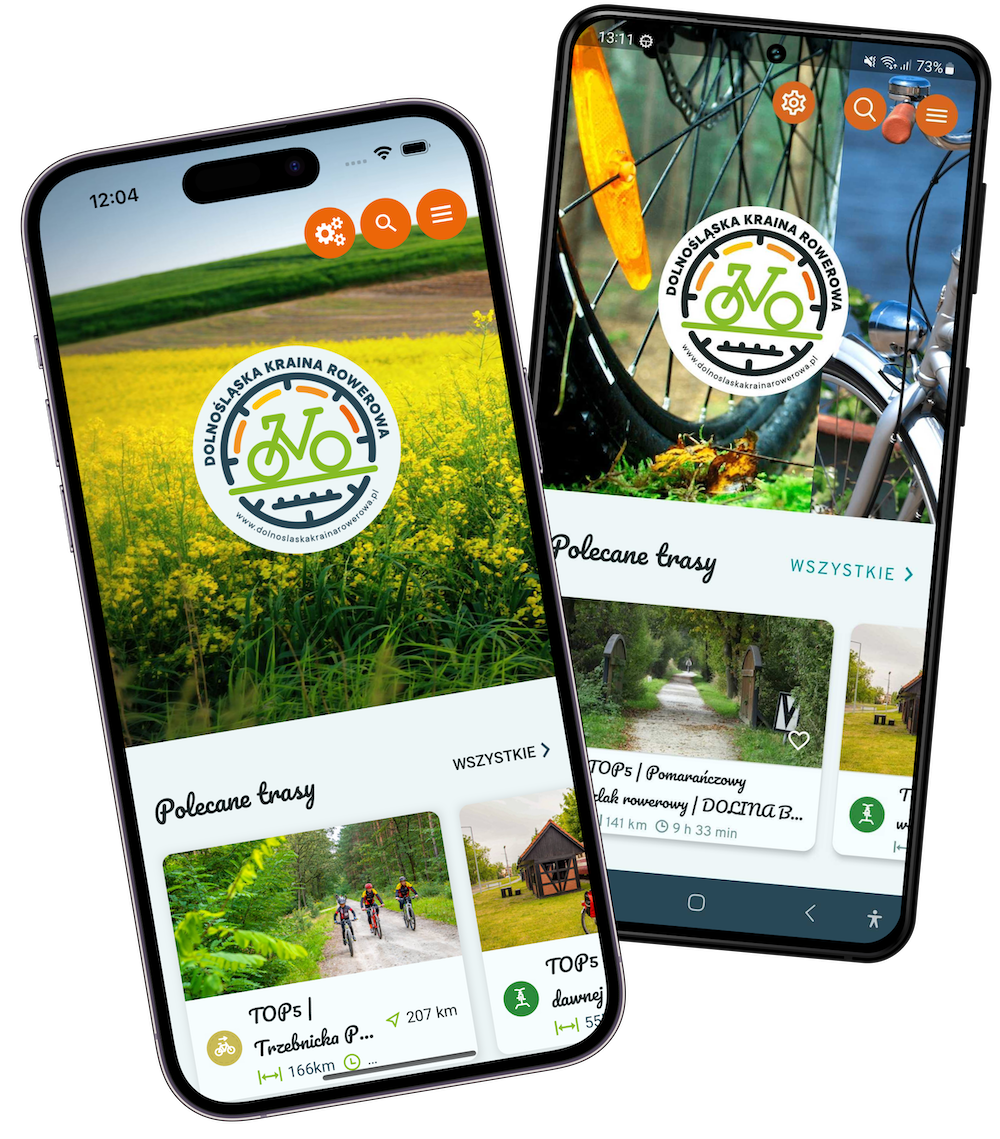
Oborniki Sl. commune
The origins of Oborniki Śląskie date back to around 1300. It was then that the village was founded under the Magdeburg Law. The first written mention of Oborniki dates back to 1305 and concerns the levying of a tithe on a village called Obora for the Bishop of Wrocław. The name of the village changed over several centuries: Obora, Obornik, Obirnig, Obernigk, Oborniki. The Schaubert family holds a special place in the history of Oborniki Śląskie. Representatives of this family owned the village for about 200 years. In 1856, they started to build a modern spa. The owner of Oborniki at that time, Karol Wolfgang Schaubert, took such a decision after discovering springs of weak iron oxalate and also due to natural resources of the local nature. The mild climate (the warmest region in Lower Silesia), the beauty of the landscape and the spring waters set a new direction for the development of the town in the second half of the 19th century. Thus, the small and unknown town became a crowded health resort and a place to rest. The railway connection to Breslau in 1856 contributed to a faster development and the emergence of the holiday function of the town. Karol Edward Holtei, a writer and actor, contributed to the fame of Oborniki Śląskie. In his writings and poems he spoke fondly of the land of his childhood, a small and quiet settlement among forests and mountains. The people of Oborniki are proud of their poet and actor. A hill near the parish church was named after him and a commemorative obelisk was erected. In the following years, the spa town continues to develop. More sanatoriums for patients with lung diseases, diabetes and circulatory ailments were built, as well as establishments "for nerve patients and those suffering from melancholy".
Oborniki Śląskie was granted town rights in 1945. Tests on the water did not reveal any health-promoting, curative properties, so the main focus was on treating lung diseases. Visitors to the Oborniki region will be interested above all in its architectural monuments. Beautiful pre-war villas (once spa buildings) give the town a charm that is worth actively resting in.
In the area of the Oborniki Śląskie commune there are excellent conditions for specialised tourism.
Horse and bicycle trails have been marked out in the commune, avoiding the main traffic routes. While riding a bike or a horse, you can admire interesting landscapes, beautiful forests and villages.
The point where it is worthwhile to start spending time actively in the town and municipality of Oborniki Śląskie is near the railway station. For those arriving by train and for those arriving by car, this is the place where you can choose the direction of your sightseeing. At the car park, there are information boards and a map showing which villages are particularly worth visiting and which route to take to reach them.
For hiking enthusiasts, we can recommend routes registered in the Polish lowland trail system.
Red trail: Trzebnica - Oborniki Śląskie - Wołów (Wr-283-c)
Green route: Uraz - Oborniki Śląskie - Żmigród (Wr-281-z)
Archaeological blue trail: Uraz - Lubiąż - Wińsko (Wr-282-n)
Yellow route (im. Bronisława Turonia) Uraz - Długołęka - Czernica
Northern Route around Wrocław (Wr-2401-y)
The commune is crossed by a fragment of the European Cistercian Route, which leads from Portugal (through Spain, France and Germany) to Poland. This route is of cultural significance, and thanks to its sightseeing qualities on the Lower Silesian section it connects Lubiąż with Trzebnica (it leads through Rościsławice - Oborniki Śląskie - Wilczyn).

















